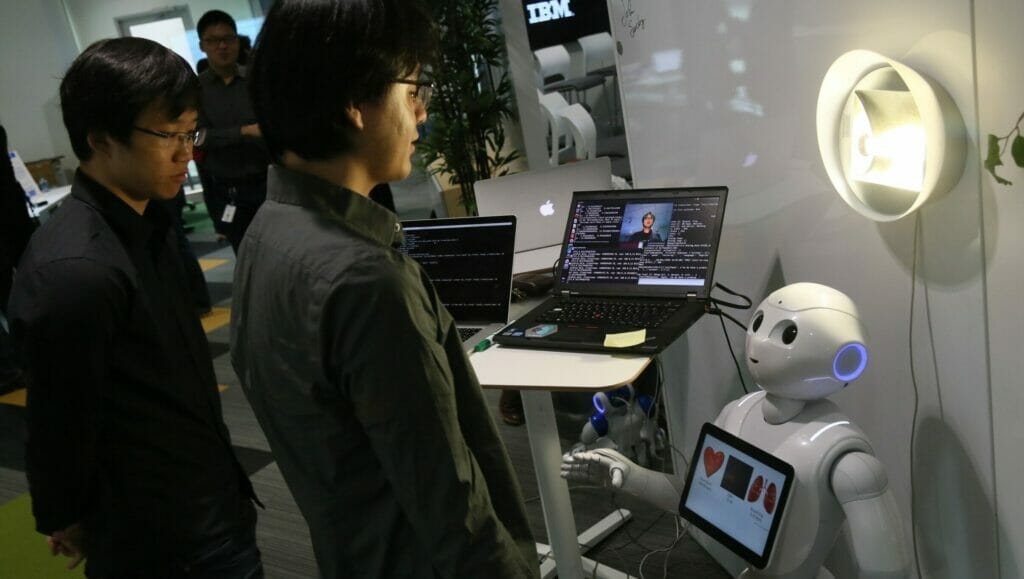

Now that robotics and other digital technology are playing a more meaningful role in long-term care, what ethical considerations should come into play?
Further development will have to consider where, and how, the tech affects the patient/caretaker dynamic: even the most innovative current robots don’t come close to matching the interpersonal skills needed for successful patient care, a new report claims.
While that conclusion may seem obvious at the moment, the rapid progress of AI and digital technologies in healthcare have prompted researchers in Japan to take an in-depth look at the possibility of AI and robots at least supplementing LTC nursing, if not replacing staff outright.
The new study, led by the Tokyo University of Science, identifies four ethical concepts of nursing that new tech must account for to be effective: advocacy, accountability, cooperation, and caring.
In particular, the researchers conclude that AI will be challenged to successfully adopt, or mimic, empathy and understanding of patients’ values.
Similarly, the ability for AI to rapidly analyze data can sometimes mask the importance of less quantifiable interactions that characterize patient-nurse relationships.
The potential for “auto-nurses” goes back decades – automated temperature and pulse checking is not new tech – but as early as the 1970s, providers in Japan concluded that routine check-ups provided for crucial emotional bonding between patients and caretakers via conversation.
“There is a concern that trying to implement ‘caring’ in robots and AIs may, on the contrary, reduce “caring” to a one-dimensional concept,” the researchers warn.
Some ways in which technology is already trying to bridge this gap includes Moxi, a humanoid robot designed to mimic facial expressions, and Paro, a seal-shaped robot used in Japanese nursing homes to help provide comfort and therapy, the researchers note.
Replacing care staff may be a sci-fi pipe dream, but that doesn’t mean nurses and staff can’t benefit themselves from the adoption of new technologies.
Many companies are pursuing or adopting less encompassing AI tools can help with LTC staff retention by easing the administrative workload and reducing the risk of burnout.


